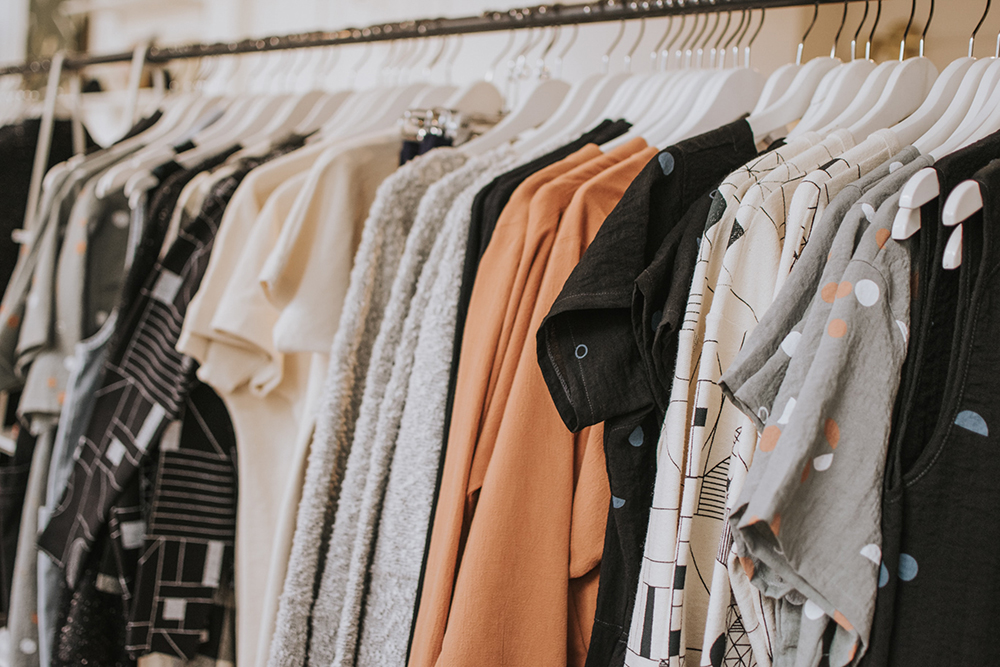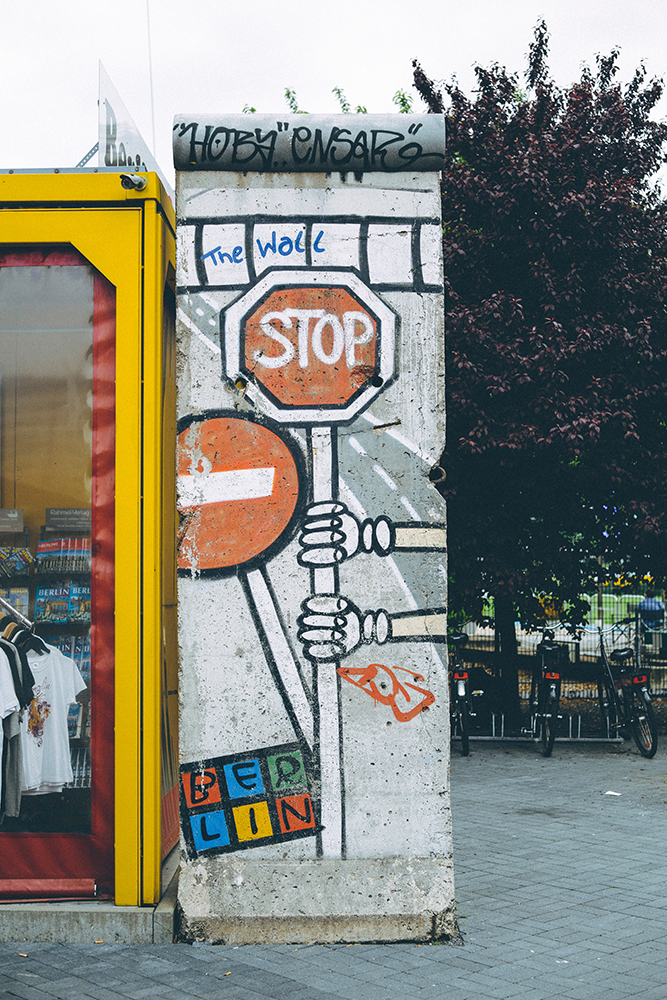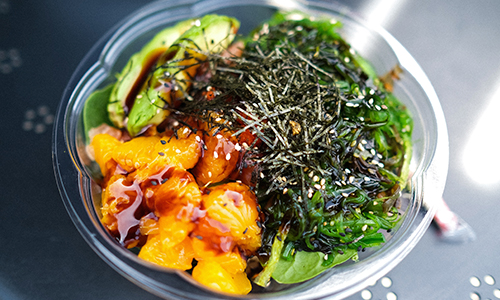
“The iron ore price is a big deal, the whole market had been sitting here waiting to see if Vale could hit guidance or not, and we’re getting this industrial recovery through East Asia. You’ve got a perfect storm of accelerating global activity, Vale’s supply situation, and also this broad-based market view that the US dollar is going to be in down trend.”
Yarra Capital’s Tim Toohey: A game changer for the budget fiscal position. Eamon Gallagher
As well as supporting a strong iron ore price view, it’s a bit of a “game changer” also for the budget fiscal position, terms of trade, and nominal income growth, Mr Toohey said.
Vale expects to produce between 300 million and 305 million tonnes of iron ore this year and is estimating production will rise to between 315 million and 335 million tonnes in 2021, short of analyst estimates for about 340 million tonnes. Its NYSE-traded stock fell 1.98 per cent to $US15.33.
Fortescue surged 13.3 per cent to a record high of $20.65.
Richer List
It was the biggest one day rise in Fortescue shares since a 23.7 per cent jump on March 7, 2016. The spike in the share price lifted the value of the 36 per cent stake held by founder and Rich Lister Andrew Forrest to around $23 billion.
Rio Tinto shares advanced 6.9 per cent and closed at $112.20, the highest level since mid-2008. BHP added 4.9 per cent to $41.25 and closed at its highest since last July.
Trade balance data released earlier on Thursday underscored the strength in iron ore exports from the Pilbara region in Western Australia. Total exports rose 5 per cent in October, underpinned by a 14 per cent month-on-month increase in iron ore exports.
A record dollar value of iron ore was exported in October: $13.5 billion.
Commodity prices have been and continue to be the dominant driver of the Australian dollar’s performance against the greenback, according to Commonwealth Bank’s Carol Kong, international economics and currency strategy associate.
“Interest rate differentials are relatively less important in driving the currency,” she said.
And, with copper also at seven-year highs (just below $US7,700), “the commodity story remains super supportive” for the Australian dollar according to Westpac’s economists.
However, the diplomatic spat with China “remains a source of risk that is probably under-priced”, they warned.
Rocks and crops
Finally, The Australian Bureau of Agricultural and Resource Economics and Sciences earlier this week forecast winter crop production will increase 76 per cent to 51.5 million tonnes, second only to the record high of 56.7 million tonnes in 2016-17. The December forecast was 7.4 per cent higher than the September forecast.
“In NSW in particular, the crop will probably go up by a factor of four,” said Yarra’s Mr Toohey. “It will have quite a material impact on growth.”
The strong iron ore prices will be a welcome relief for the federal government following a blowout in the budget deficit.
The budget assumes iron ore prices (before freight costs) will fall to $US55 a tonne by the end of the June quarter 2021. It costs $US7.10 a tonne to charter a ship from Port Hedland to the Chinese port of Qingdao according to ship broker Simpson Spence Young.
Price sensitivity analysis in the budget shows that if the iron ore price was to remain elevated until the end of the June quarter 2021, nominal GDP could be around $22.9 billion higher than forecast in 2020-21 and $2.9 billion higher in 2021-22.
This would result in an increase in tax receipts of around $1.3 billion in 2020-21 and, due to the timing of company tax collections, an increase in tax receipts of around $4.8 billion in 2021-22.
Viral load
Vale’s iron ore supply has been curtailed since the Brumadinho dam collapse killed hundreds of people in January 2019. Production rebounded to 88.6 million tonnes in the September quarter, a 31.2 per cent increase from the previous quarter.
The miner’s output was hurt by rain and shipping delays in the March quarter, while it had to cut production in June after being ordered by a court to shut some mines after workers tested positive for COVID-19.
Thursday’s trading on the ASX was also a bright spot for iron ore juniors, not just the big three.
Fenix Resources, the owner of the Iron Ridge project in Western Australia, was up 23 per cent to 21¢.
The company, whose shares are up more than 700 per cent from a March low, will produce just 1.25 million tonnes a year from its project in the Weld Ranges and has caught the attention of Chinese state-owned Sinosteel and Gina Rinehart’s Hancock Prospecting.
Fenix’s EBITDA margin is set to top $80 million in year one if iron ore prices up around $US128 a tonne last week stay strong.
Champion Iron, which produces iron ore in Canada, is up more than 6 per cent at a record high of $4.89. It has rallied 240 per cent from its March low. The company last month paid $C15 million ($15.6 million) for the Kami project, which is situated only a few kilometres away from its Bloom Lake operation.
Mount Gibson rallied 7.5 per cent to 79¢, while Deterra Royalties is up 4.6 per cent at 4.98, its highest price since being spun out of Iluka Resources last month.

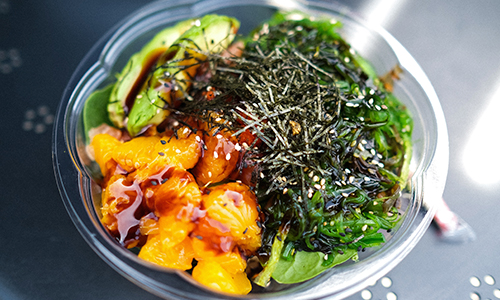 Subscribe to The Daily Telegraph to get unrestricted digital access, home paper delivery, Apps for iPad and Android, member only +Rewards and much more…
Subscribe to The Daily Telegraph to get unrestricted digital access, home paper delivery, Apps for iPad and Android, member only +Rewards and much more… 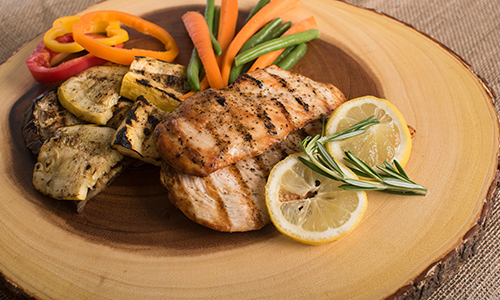 Do you compost or buy second hand?
Do you compost or buy second hand? 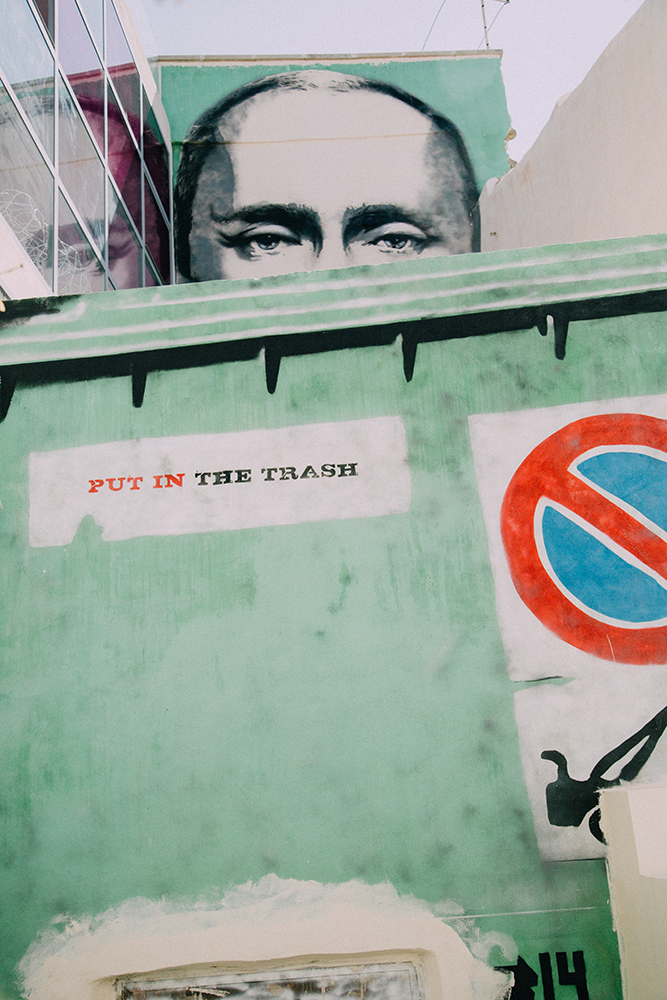 The Newsreader review: Exhilirating Australian prestige drama
The Newsreader review: Exhilirating Australian prestige drama  Local shares fell on Friday as investors make last-minute adjustments to their portfolios ahead of the main index’s rebalancing, while unease over rising infections grows.
Local shares fell on Friday as investors make last-minute adjustments to their portfolios ahead of the main index’s rebalancing, while unease over rising infections grows. 